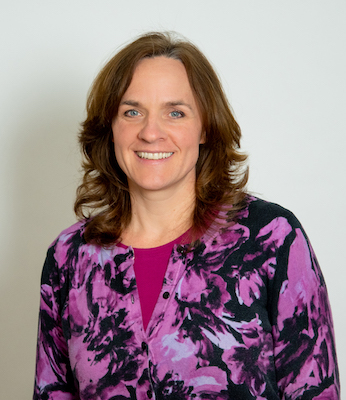General Mills, Dannon, Land O’ Lakes, Syngenta, Corteva, Wrangler, PepsiCo, The Nature Conservancy. What do they all have in common? These companies and organizations — among others — are working to advance the role of agriculture in addressing the demands of health-conscious consumers while also helping to combat the effects of climate change while improving food security issues across the globe.
This week, Syngenta — which in 2016 was acquired by the world’s largest agrochemical company, state-owned ChemChina — announced a 5-year, $2 billion investment in advancing sustainable farming practices such as integrated pest management, nutrient management, continuous living systems, reduced tillage, multifunctional field margins, water use efficiency, and integrated crop-livestock systems.
In March of this year, General Mills announced a commitment to advancing regenerative ag practices on 1 million acres of farmland by 2030, partnering with both organic and conventional farmers to promote practices that will improve soil health with the aim of reducing greenhouse gasses by 28% by 2025.
The company is investing in farmer training and partnering with other organizations to “achieve widespread adoption of soil health systems on more than 50% of U.S. cropland by 2025.”
Over the past few months, Corteva Agriscience, Growers Edge, JoynBio and NewLeaf Symbiotics and several other companies have all announced initiatives aimed at mitigating climate-change issues by improving the soil and building resilience in our cropping systems — and incentivizing farmers to get on board.
It’s no secret that the ag industry has suffered in public opinion over the past couple of decades. Why? In some cases there has been an overreliance on chemicals and tillage and a focus on short-term yields and profits at the expense of long-term, system-wide benefits. But also, efficiency advances have shifted the labor picture, and these days less than 2% of the U.S. population work on farms, though approximately 11% work in the agriculture and food sectors. So even though most farms are still family owned, many consumers have little or no connection to them.
But it’s no-tillers like you who are showing — and in many cases have been showing for years! — that practices that benefit the soil, sequester carbon, reduce runoff, and preserve water don’t have to be at odds with the demands of feeding a growing population sustainably.
Take Garry Richards, a farmer in Bangor, Sask, who added perennial pastures, cattle grazing and multi-species cover crops to this wheat and canola operation. He spoke at the Regenerative Agriculture Conference earlier this year where he explained that he’s seeing about a $50 per acre savings on nutrient inputs as a result of his efforts.
In addition, his soil organic matter levels have increased by about 1 percentage point, which allows his soil to store more water and makes nutrients more available to the plants. He also has more residue on the surface, which protects the soil — and the microbiology below ground — from the heat and sun.
While politicians bicker amongst themselves and focus on seemingly everything but the pressing concerns of our global citizenry, industry and private citizens are coming together to be part of the solution. “Big ag” and “big food” are joining independent farmers in the battle against erosion, waning fertility, nutrient runoff and more.
Though there continues to be a great many challenges to farmers, including wild weather and an uncertain economy, I for one, am excited to see agriculture being regarded as a solution rather than a problem. In difficult times it can sometimes be hard to see the benefits of your efforts, so it’s heartening to know that there are growing numbers of people who believe what you’re doing is not just worthwhile but necessary. Keep on leading the way — and thanks for all you do.






